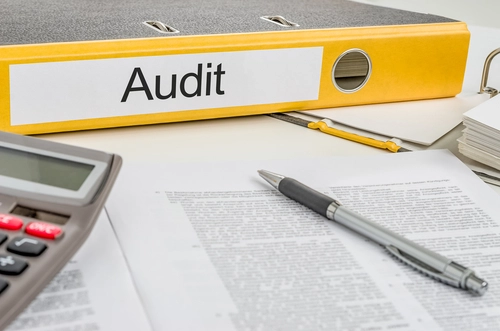3 Lessons You Can Learn From These Medicaid Audits

Follow this advice to make sure you aren’t in the hot seat.
The word “audit” may strike fear into your heart, but the reality is that most Medicaid audits don’t result in a physician being hauled off to prison. In standard practice, auditors just want to ensure that your practice is billing, coding and documenting correctly.
You can get an idea of how to stay on the right side of your next audit by checking out the recent results that the State of New York published after determining that several practices owed the state money. Read on to find out what the auditors discovered, and how you can avoid the same issues.
1. Billed amounts exceeded global fees in the outpatient clinic. The auditors in one case noted that “When a Medicaid eligible patient is seen in a hospital outpatient clinic, the attending physician must bill using the facility global fee. The hospital should not use a non-facility global fee (private office fee) for a patient seen in a hospital outpatient clinic.”
Here’s why: Medicaid pays more for visits that take place in a physician’s private office because you collect additional dollars to reflect the “cost of doing business” in your own practice. You don’t face those costs when practicing in a facility, so the pay is lower.
Reality: If you perform an E/M service in the physician’s private office, use place of service code 11, but for a hospital outpatient setting, use place of service code 22. The Medicaid payer will adjust its fees based on which POS code you bill.
2. Collecting EHR incentives without meeting the requirements. One physician collected over $14,000 under the Medicaid EHR Incentive Program, but because her Medicaid volume was under the required percentage of total patients, she did not meet the requirements to collect the incentive payment.
“To calculate Medicaid patient volume, an eligible professional must divide the total Medicaid patient encounters in any representative, continuous 90-day period in the preceding calendar year by the total patient encounters in the same 90-day period,” the audit report for this provider states. Non-pediatricians must have a minimum of 30 percent patient volume on Medicaid, while pediatricians need 20 percent patient volume on Medicaid.
Resource: To review the EHR requirements, visit www.cms.gov/Regulations-and-Guidance/Legislation/EHRIncentivePrograms/Downloads/MLN_MedicaidEHRProgram_TipSheet_EP.pdf
3. Billing amount exceeded limits in the emergency room. Much like the issues in the outpatient clinic, emergency room place of service coding errors were rampant on the Medicaid reports. Instead of reporting the outpatient place of service code, you must report the code 23 to reflect that you saw the patient in the emergency room. Again, like in #1 above, you will collect less for emergency room services than you would for services performed at your private practice.
“When a Medicaid eligible patient is seen in a hospital emergency room, the attending physician must bill using the facility global fee,” the Medicaid auditor states in the report.

